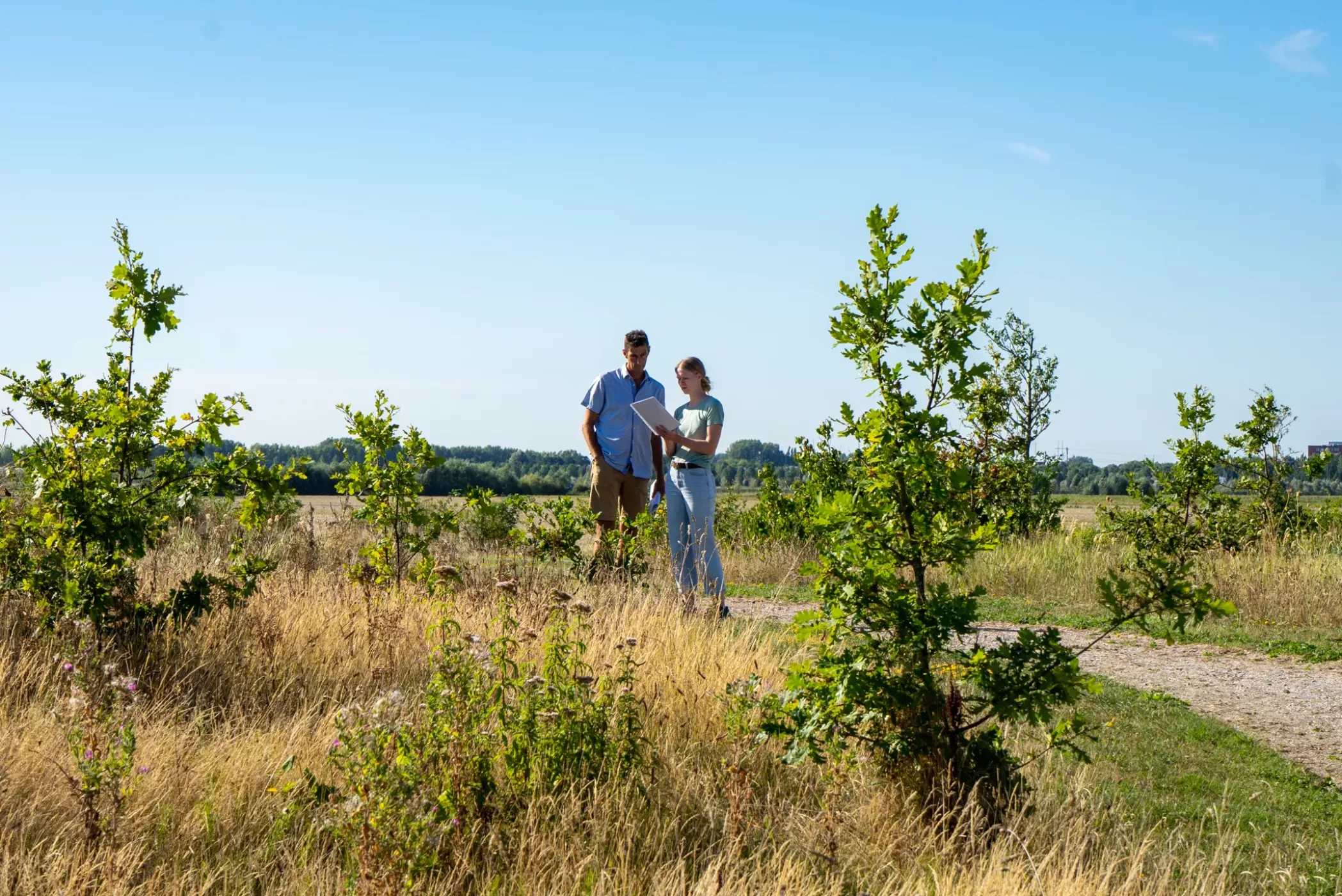Our approach
The right tree in the right place. That is the starting point of the way Trees for All works. How do we ensure this?

The right tree in the right place. That is the starting point of the way Trees for All works. How do we ensure this?
Trees for All supports (re)forestation projects in the Netherlands and abroad. This is a deliberate decision. Climate change and deforestation are worldwide problems, so we want to take a global approach to tackling them. We do so through our role of bridging party. We link the support from society (private individuals and businesses) to professional parties like landscape or nature protection organisations.
Our partners have a sound (re)forestation plan and the capacity to implement a project well. They either own the land or cooperate with private landowners or local communities, who make their land available. So Trees for All is not the owner of the land, but we take care of the funding and guidance needed for a project.
Our project partners in the Netherlands and abroad can provide high-quality and long-term management of trees and forests. They share our vision of planting and managing forests, and have a track record in doing so.
One important principle is that quality takes precedence over quantity. We want to plant as many trees as possible, but only if the right tree ends up in the right place and is looked after in the right way.
Our own project managers take the utmost care in selecting our projects and partners. They have great expertise in forest and nature management and are closely involved in the content of the projects. This involves drawing up planting and management plans, as well as monitoring the trees and forests in the long term.
The projects we support have a broad impact. They always contribute to a better climate, more biodiversity and healthier living conditions. The projects we support abroad also provide extra work and income for the local population.
We only contribute to projects in which trees are planted. This may be the restoration of existing forests or the planting of new ones.
Our preference is for planting indigine tree species and trees that are typical of the area. These are species that occur naturally in the area or which have proved to thrive there over the centuries.
We support projects in which trees and forests are planted for the long term. For each area, we look at what is needed for trees to grow into a healthy and climate-proof forest.
We are involved in a project for at least ten years. Our project partners are responsible for the long-term management of the trees and forests. Agreements about this are laid down in contracts.
We work with project partners who have a good track record. This means that they have demonstrable experience in developing and implementing (re)forestation projects.
For projects abroad, we work on the basis of integral project financing. By this, we mean that we always look at the total package of a project, which may include setting up nurseries, protecting and irrigating young trees, long-term monitoring or training courses in forest management and fire prevention.
We monitor and evaluate all our projects carefully. In a project, we are involved for at least ten years. Our project partners are obliged to keep us informed about the trees planted and to provide us with reports. We also monitor the project and the plantings ourselves through field visits. Some project partners work with (new) monitoring tools, such as observation towers or cameras to record which animals show up in a project area.
Although many things go well, in some cases it is necessary to make adjustments to ongoing projects. We try to avoid risks in advance, as much as possible, but we do not have control over every situation. Through close involvement in our projects, we can step in promptly and take measures. You can read more about that in our annual reports or project updates.